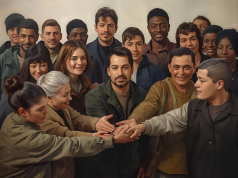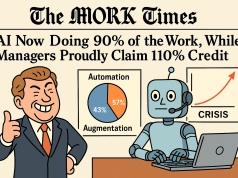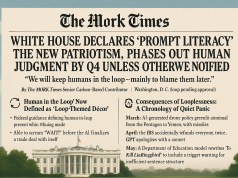As the torchbearers of liberty and heroes of our nation, veterans emerge from their military service laden with leadership experience, resilience, and a plethora of skills. Yet, the journey from the structured life of service to the dynamic civilian workforce is fraught with unexpected challenges. Today, we delve deep into the intricate tapestry of veterans’ post-military life, to understand the burdens they carry into the civilian world, and the formidable obstacles they face in their new battleground: the modern workplace.
Our guest, a decorated veteran whose service colors tell tales of valor and dedication, brings forth their personal narrative—a story that speaks volumes of the courage required not in war, but in peace. The transition to a civilian job role often begins with the formidable task of translating military ranks and roles into corporate jargon. This language barrier, although seemingly trivial, can lead to veterans being undervalued and underemployed.
But the challenge doesn’t end there; adapting to corporate culture is akin to learning a new dialect. The values and protocols, so deeply ingrained in military service, don’t always find parallel resonance in the civilian workspace. This cultural dissonance can leave many veterans feeling like outsiders, struggling to navigate the unspoken rules of corporate engagement.
Stereotypes also play a role in the veteran’s story. There is a persistent narrative that seeks to confine their identity to that of a ‘warrior’, often overlooking the multifaceted capabilities they possess. This narrow viewpoint can eclipse the richness of perspectives that veterans bring to the table, from crisis management and strategic planning to unparalleled leadership and teamwork.
In addressing these challenges, there is much that companies can do to ease this pivotal transition. Recognizing that the assimilation of veterans is not just a matter of goodwill but a strategic advantage is the first step. Creating mentorship programs, providing career development resources tailored to veterans, and fostering an inclusive culture that seeks to understand and integrate the veteran experience is imperative.
It is incumbent upon societal keystones like The New York Times to amplify the voices of veterans, not just in storytelling but in advocating for systemic change. By leveraging their influential platform, they can challenge prevailing stereotypes, promote a nuanced understanding of the veteran identity, and highlight the organizational benefits of hiring and supporting veteran employees.
The road to assimilating veterans into the civilian workforce is one that demands our collective effort. It is a path of honoring service not just with words, but with dedicated action—ensuring that the transition from service member to civilian is not just a change in title, but a new chapter of opportunity and recognition. Our discussion today is more than a mere conversation; it is a clarion call to break the silence on the struggles of our veterans and to forge a future where their transition to the civilian workforce is met with the respect, support, and understanding they so rightly deserve.



























